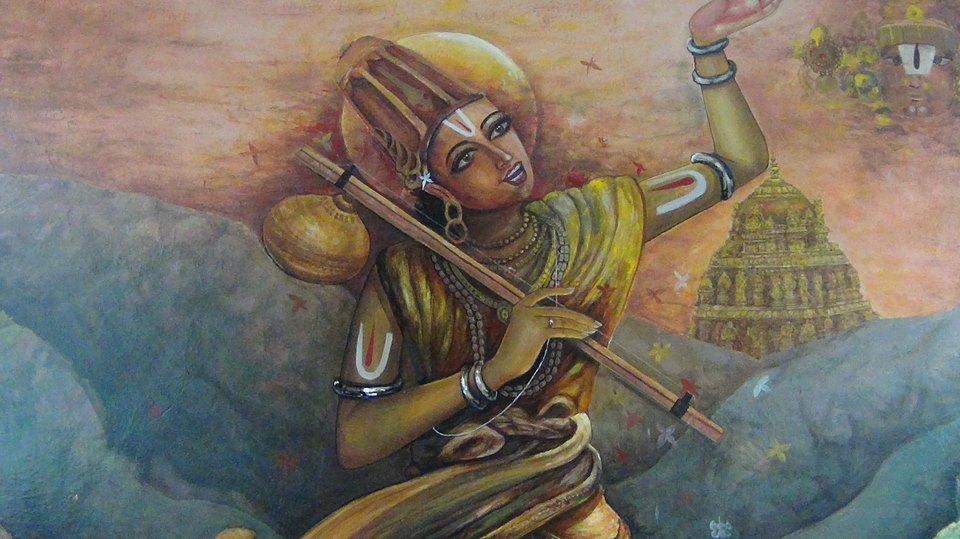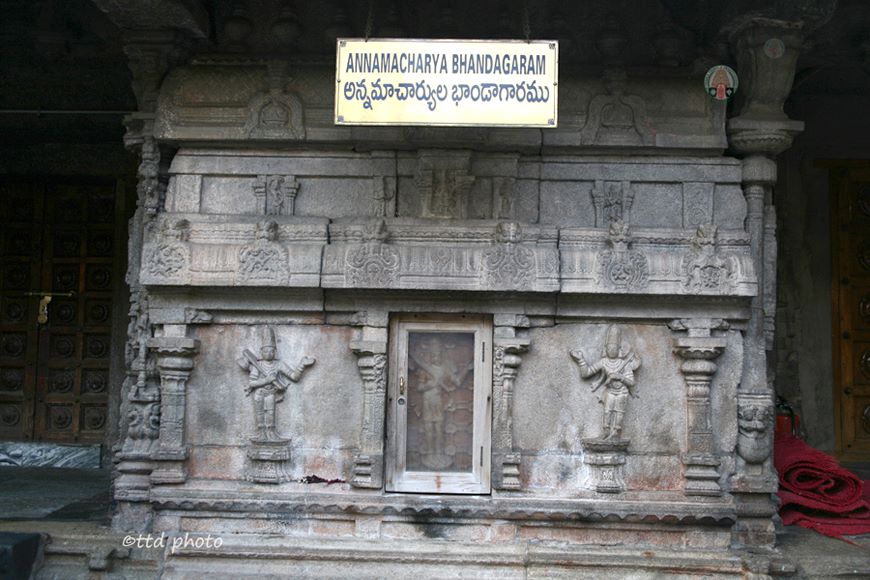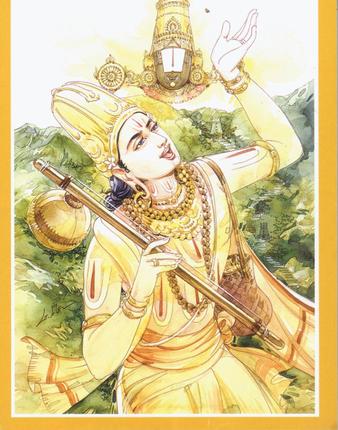Annamayya Sankeerthanas Thoughts about the Saint Composer, Sri Annamacharya would not be far away, when there is mention of Lord Venkateswara and Tirumala. For, it is he, Annamayya, who has described vividly, the many facets of Lord Srinivasa’s life— His numerous awe-inspiring virtues, His beloved consort, Alivelumanga / Padmavathi Devi, and devotees’ faith— through thousands Read More
Tag: annamacharya
Tallapaka Annamacharya (22 May 1408 – 4 April 1503), also popularly known as Annamayya, was a musician, composer, and a Hindu saint. He is the earliest known Indian musician to compose songs called samkirtanas.
Sankeerthana Bhandagaram – Inside Tirumala Temple
Sankeerthana Bhandagaram Adjacent to Sabhera’s room a south-facing room is there. This room has big pillars with beautiful carvings on them. This is known as Sankeerthana Bhandagaram. Some call this room by name Tallapaka Ara i.e., room. There is a board which says that this is Annamacharya Bhandagaram. This Bhandagaram (treasury) room has wooden doors. Read More
Tallapaka Annamacharya
Tallapaka Annamacharya Tallapaka Annamacharya had composed 32,000 devotional songs on Lord Venkateswara. Even today, the songs are being sung and played all over the world. The exotic Rasas makes the song live for all seasons. Every celebration at Tirumala is not complete without the songs from Annamacharya. The greatness of Annamayya songs is that Lord Read More



